Pinnacles of the Resident Evil Franchise
The highest highs of the venerable series
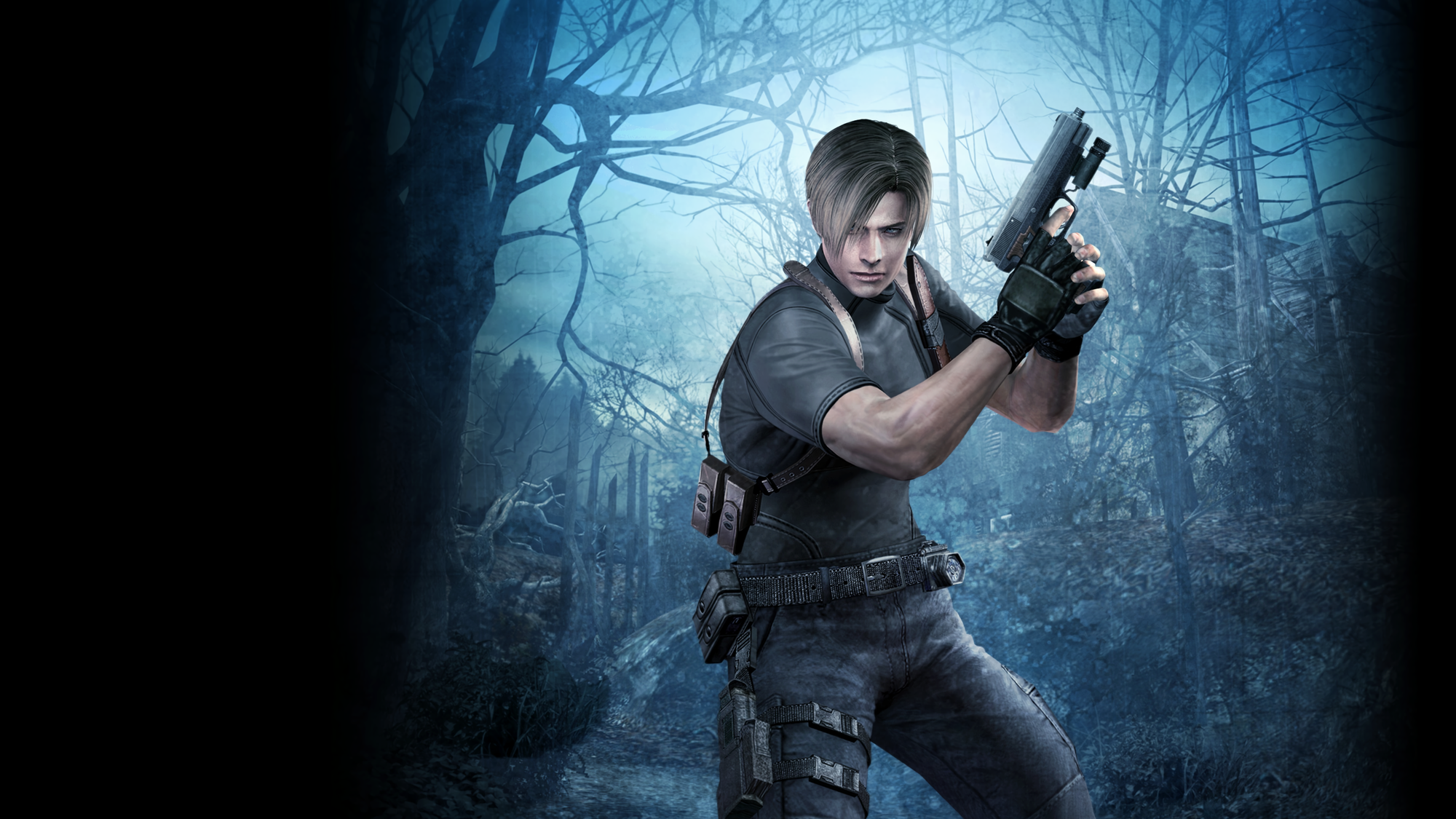
Resident Evil series is one of gaming's most influential series. Not only it’s one of Capcom's flagship franchises, but the first game in the series is considered to be the father of the survival horror genre. Its success gave birth to many classics from other developers, such as Square's Parasite Eve and Konami's Silent Hill.
Across its 26-year arc, Resident Evil has gone through many changes. Starting as a game about zombies in a mansion, with tank controls and fixed-camera angles, the series changed to third-person action games and then returned to its horror roots along with a change to a first-person view. These are the three eras of the Resident Evil franchise.
While Capcom is still tweaking and adding new ideas for the first-person horror formula, let’s go back in time and remember two titles that can be considered the pinnacles of Resident Evil. The first is the legendary remake of the first game, which ended the classic era with a bang and brought the gameplay and design to their limit. The second one is perhaps one of the most influential titles in gaming history, Resident Evil 4.
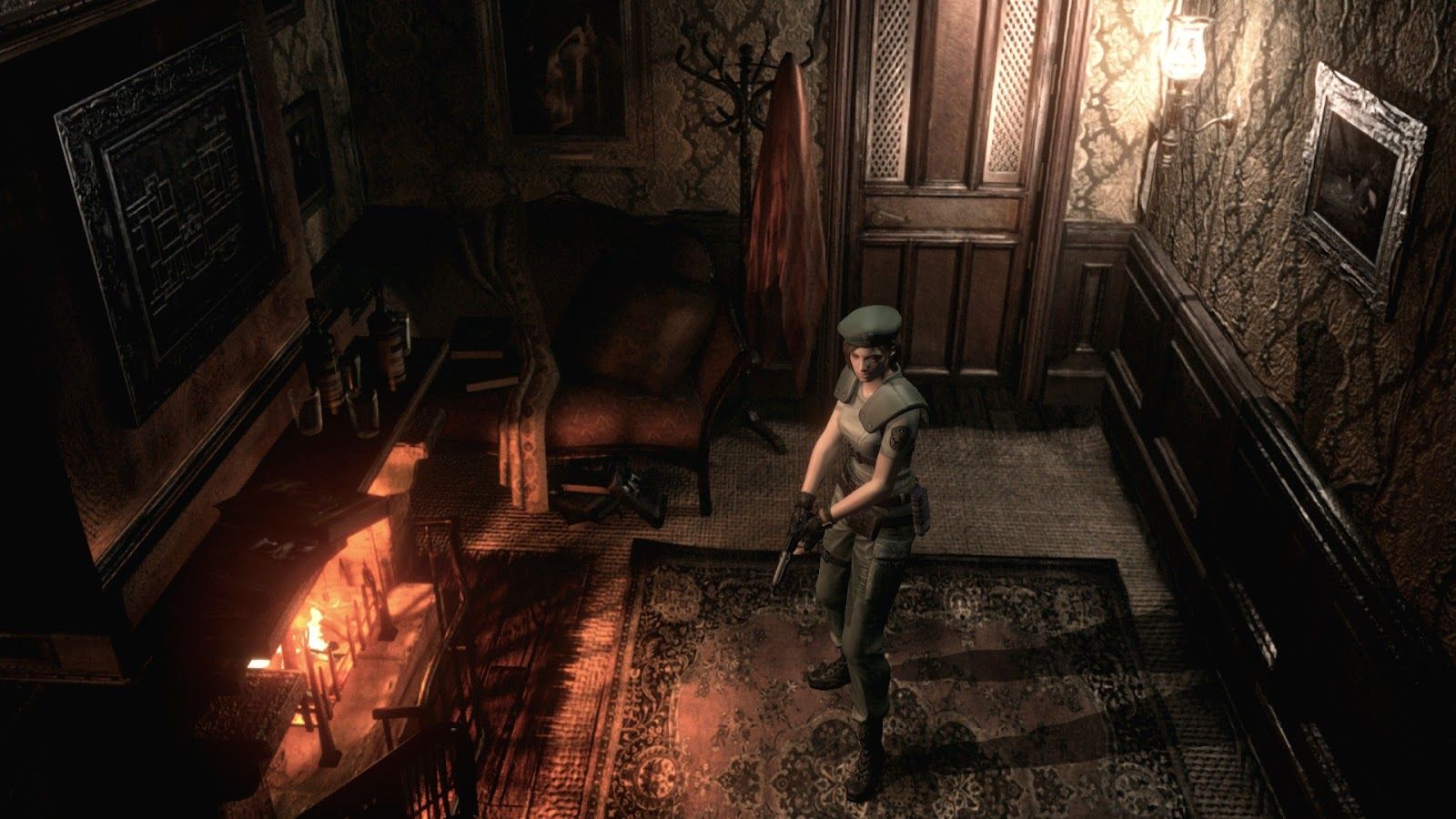
Resident Evil Remake - Much more than a simple upgrade
The first Resident Evil game started development in 1994 as a remake of Sweet Home, a classic horror game developed by Capcom for the Famicom system. Directed by Shinji Mikami, the game initially had a first-person view, but thanks to the influence of Alone in the Dark, another early survival horror game, Resident Evil adopted a fixed-angle camera.
The game was released in March 1996, becoming a huge success. The game featured 3D characters moving across gorgeous 2D backgrounds, an inventory system that made players think carefully and make difficult choices about what they carried, and tank controls that were widely reviled at the time but are now beloved in a nostalgic way. An instant classic, this first entry in the Resident Evil franchise introduced many concepts that would become core features of the series.
The game's success catapulted sequels and spin-offs into development across many consoles. The first game also received some updated versions, one which allowed it to work with Sony's new-at-the-time DualShock controllers, and even a port for the Sega Saturn with extras that aren’t available in other versions.
Resident Evil also had some details that are considered to be weird, even by the standard they themselves had set. One of the most memorable is the use of Full Motion Video with real actors for the game's opening. This made the first title stand out, even compared to its sequels released on the original PlayStation.
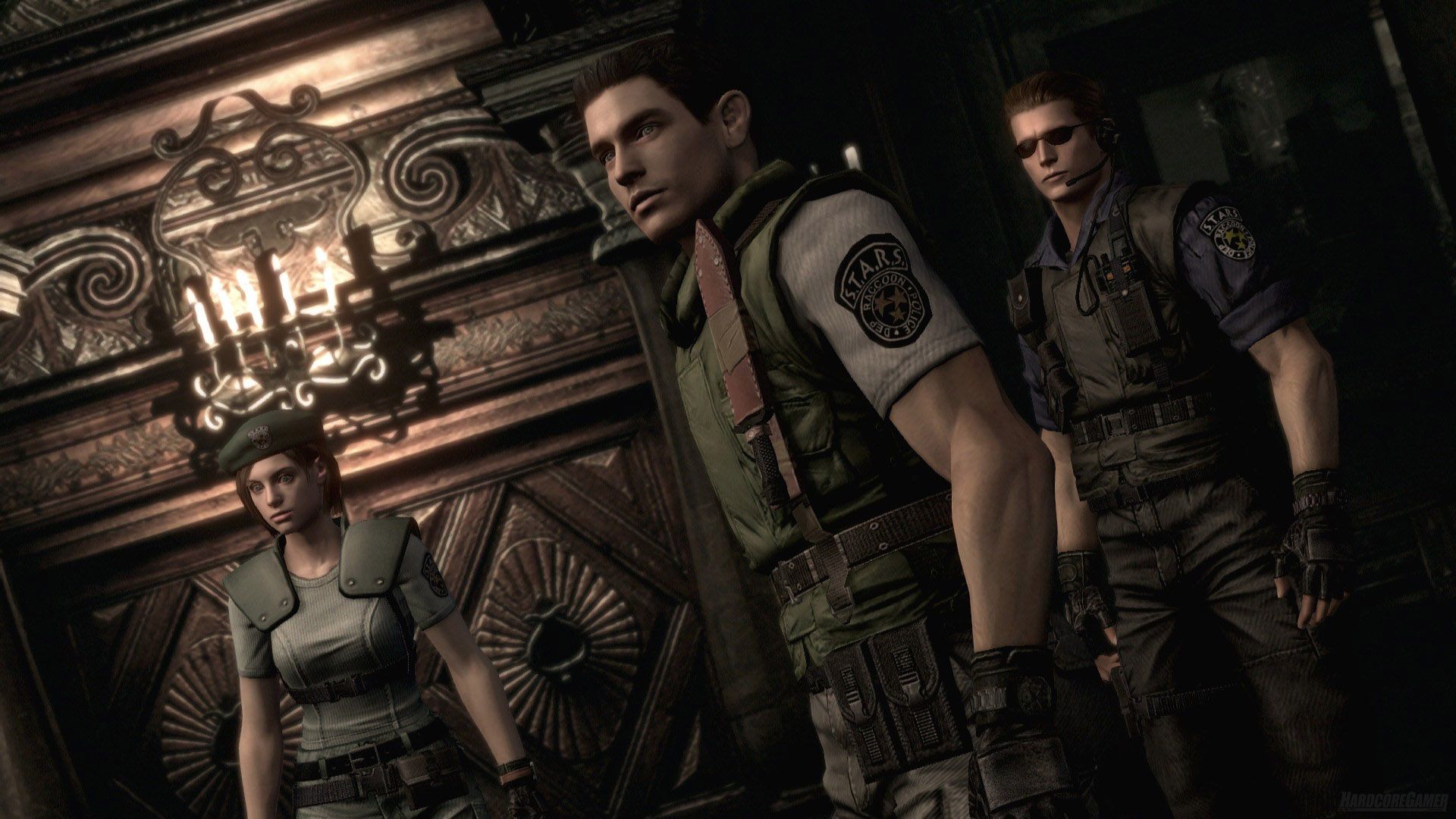
Shinji Mikami wasn't happy with the original version of the game released on PlayStation. Many gameplay elements had been cut because of the limitations of that fifth-generation console. As such, when the opportunity came to put the title on a more powerful console, the director decided instead to remake it from scratch and added everything that was not possible before.
The 2002 remake of the first Resident Evil for Nintendo GameCube is considered by many as one of the best remakes ever developed. The graphical capabilities of the Game Cube allowed for a visually detailed game while also letting developers utilize 3D environments and many camera effects to more fully immerse players in the experience.
Although the game still featured tank controls and fixed camera angles, both received quality-of-life improvements thanks to the newer technology and game design lessons well learned from RE2 and RE3 (released in 1998 and 1999, respectively). New movement options allowed for a better chance to evade attacks, while the camera was more dynamic and even gave new angles to show effects and set up some details.
But more than a simple upgrade in visuals and gameplay, the 2002 remake changed the original in terms of lore. Many new additions were made to the narrative, with new pieces of texts referencing future events and characters. The game also expanded the lore about the virus and its effects, and introduced new creatures and monsters.
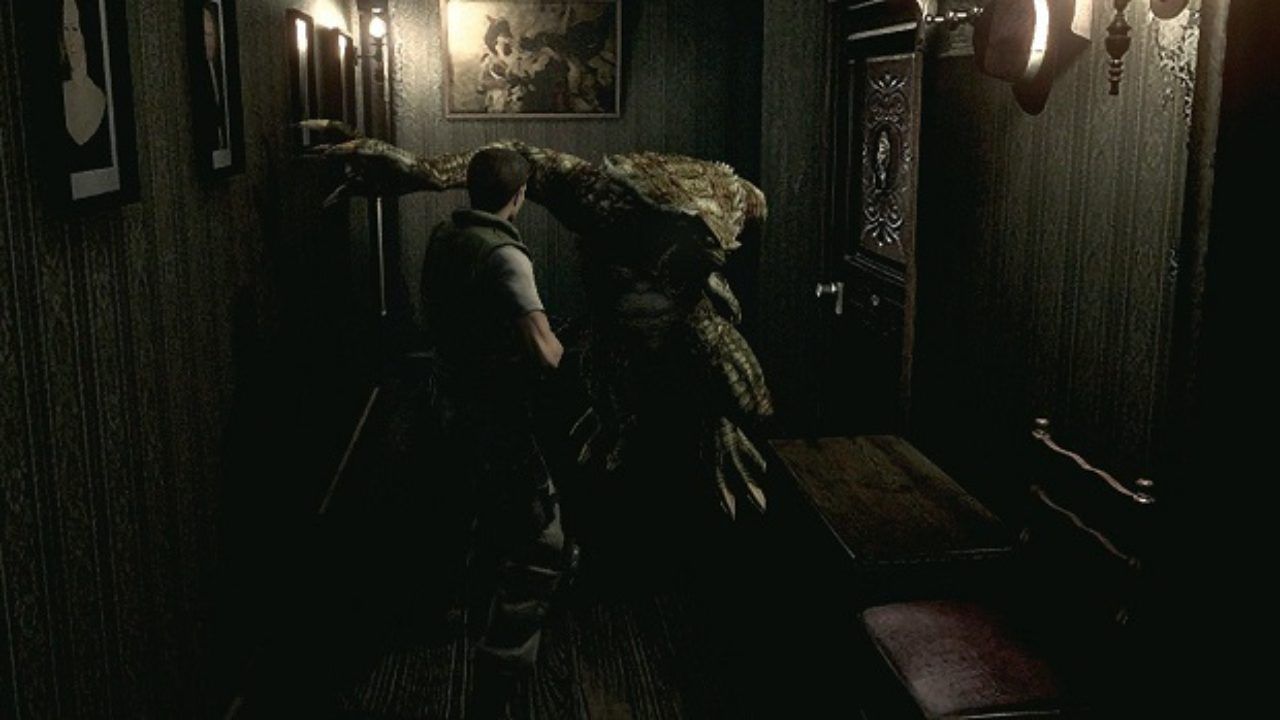
More importantly, Resident Evil for the GameCube was a horror game at its core. The new graphic engine made for the title brought new life to the Spencer Mansion, with well-detailed characters and an amazing illumination system. By using a mix of light and shadows, Capcom created set pieces that, combined with the camera system, made for some memorable moments and even interesting foreshadowing for what could happen just minutes later.
Resident Evil Remake was the pinnacle of the classic series, bringing together years of advancements with new technology to deliver Mikami's true vision for the game. The experience with tank controls and fixed camera angles made for tight gameplay and immersion in levels that weren’t possible before. But at the same time, RE Remake also showed the limits of those design decisions and the ceiling of the classic style.
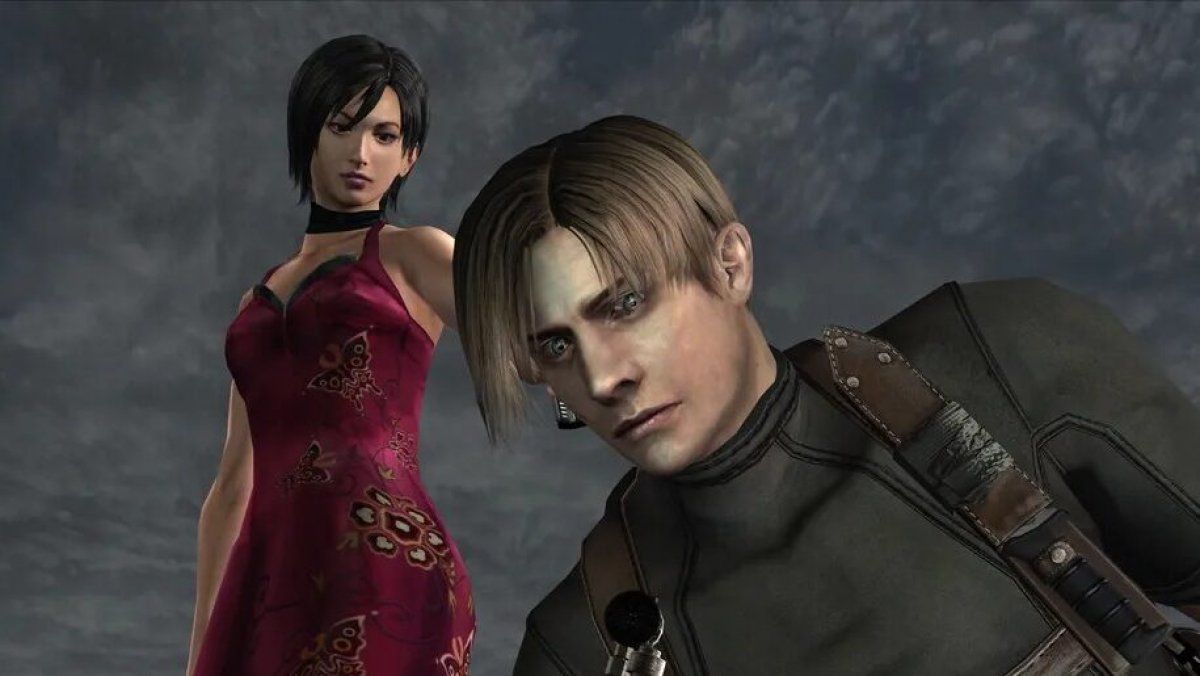
Resident Evil 4 - What makes a modern RE experience
Resident Evil 4 can be considered one of the most influential video games ever created. Just like with the first game, its release paved the way for a new wave of horror titles to be created, such as the Dead Space franchise. But its influence goes far and can be found in other genre's games thanks to its revolutionary camera, which became a standard for any third-person action game.
Being developed over several years, and in a constant state of change during its many beta stages, Resident Evil 4 had everything against it. Seeing as the game that would decide the series' fate, the pressure was on. Capcom had high hopes for the title, which made Mikami's decision to keep it as a GameCube exclusive even riskier, considering the other games' sales on the platform.
Perhaps these unfavorable conditions were the main reason for the game's success. Being developed as something that would shake the series chains, developers were encouraged to try out new ideas while not needing to stay restricted by the franchise traditions of dated controls and camera angles that could limit the action.
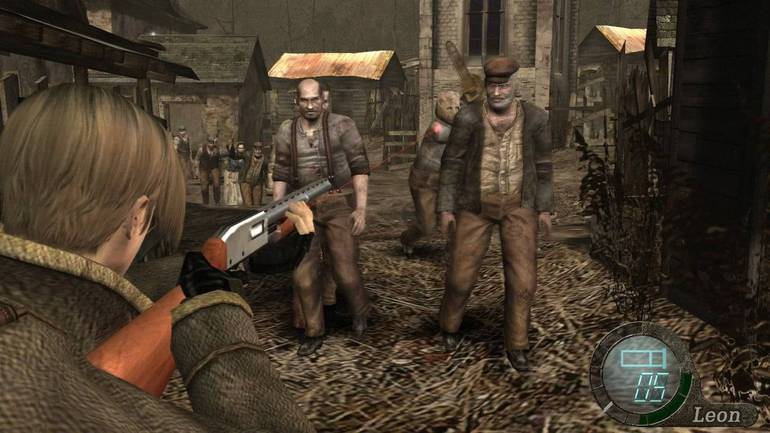
The camera, something that was loved by fans and other developers, was noted during development as just another idea to make the game work differently from its predecessors. In a recent interview, Mikami mentioned how the team thought it was a good angle, nothing special. The adoption of this style showed that for those outside Capcom, the idea was amazing enough to cause a change in the development of third-person shooters.
RE4 still used tank controls and limited inventory space, but it added some quality-of-life improvements over the classic Resident Evil formula to spice things up. The gameplay retained the same old-school feel carried over from the series' first years, but it had additions to make it more action-oriented, leading to a whole new experience, even for the veterans of the series.
There is more to RE4 than a new camera system and a revised gameplay style. The title has a unique feel that even its sequels could not fully replicate. Resident Evil 4 came out in 2005, in a period when the series started to expand to other forms of media. Paul W.S Anderson's Resident Evil movies were coming out, and the game made references to them in various small ways.
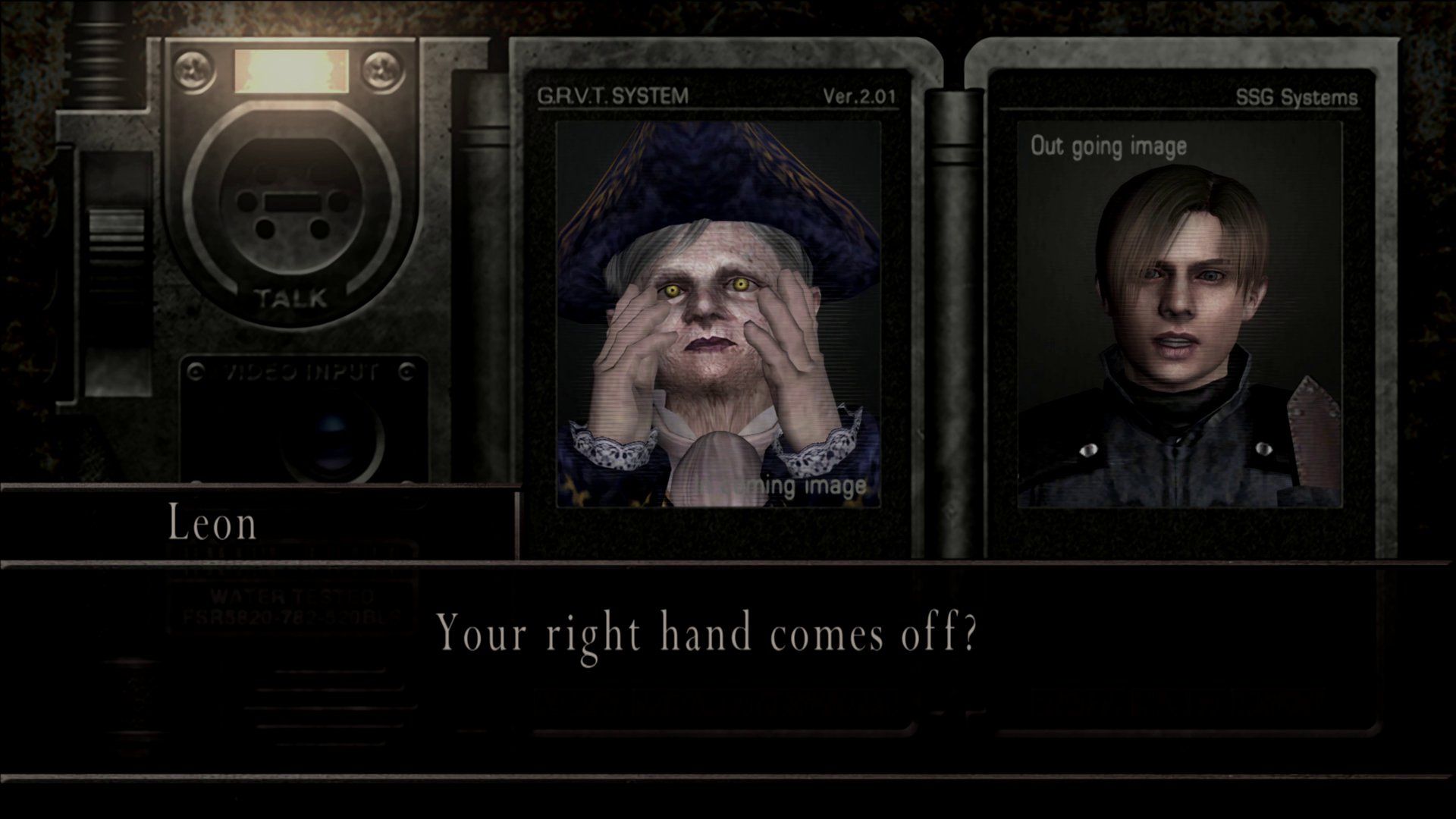
The game also has a lot of goofiness in it. Players can find eggs and use them as a throwable weapon against enemies, silly situations happen all the time during the narrative, and some of the unlockables are silly costumes like a full suit of armor for Ashley, the NPC who players escort through the game.
For me, Resident Evil 4 feels like a B-movie action flick at times. Leon S. Kennedy, the protagonist of the game, is sent on a mission to rescue the president's daughter, who was kidnaped by a cult in Spain. The situation already feels tense, and it's enough to turn the agent into a hero, similar to what we can watch in action movies. The team even made Leon into a quip machine, with quotes that are well remembered today thanks to their cheesiness.
RE4 also made changes to the horror aspects of the series. For the first time, players could notice the weather changing and enemies adapting to Leon's strategy. Many situations saw the player being overwhelmed by enemies, and Ashley's addition as an NPC that needed protection, while seen as annoying by many, helped increase the tension.
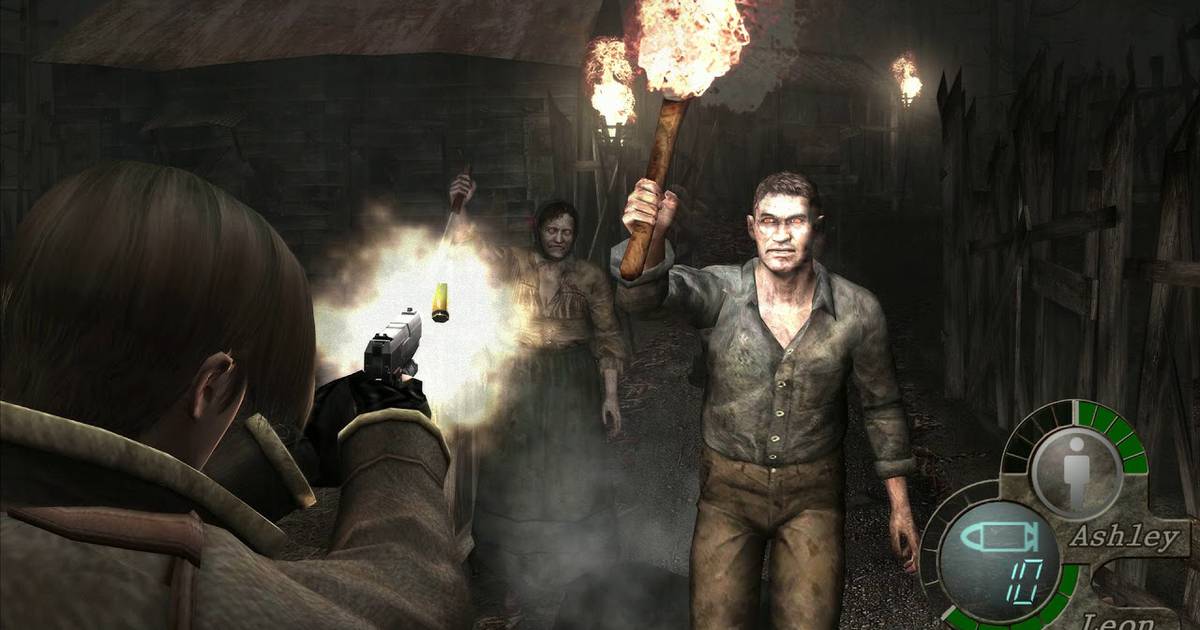
Although its sequels made improvements that helped modernize the gameplay, Resident Evil 4 is still an experience that is considered by many as one of the best of the series. It embraced action without forgetting the horror roots that made the franchise famous, something that its direct sequels discarded and that only returned with the seventh game.
Being Mikami's last involvement with the series, RE4 also has an air of melancholy surrounding it. Just like with the first game, the legendary director set the course for how horror games should be developed, this time, in the new millennium. Mikami also left the tools for future developers to think and improve to make the series evolve and stay as one of the most relevant franchises in today's gaming world. It is without a doubt him that we have to thank for the resurgence of the series these last 5 years, and the hope fans have for the future.